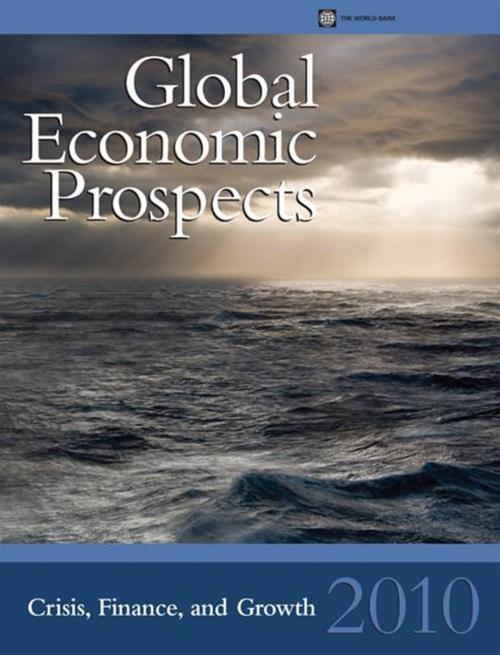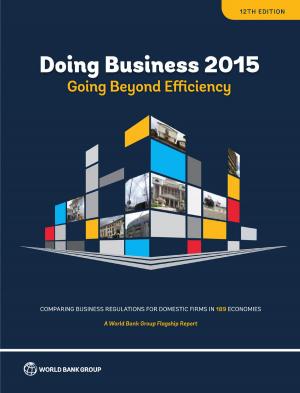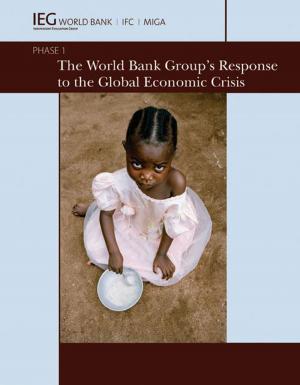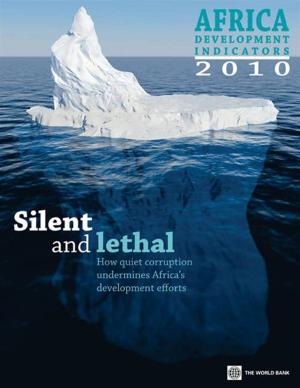Global Economic Prospects 2010: Crisis, Finance, And Growth
Business & Finance, Economics, Planning & Forecasting| Author: | World Bank | ISBN: | 9780821382264 |
| Publisher: | World Bank | Publication: | February 9, 2010 |
| Imprint: | Language: | English |
| Author: | World Bank |
| ISBN: | 9780821382264 |
| Publisher: | World Bank |
| Publication: | February 9, 2010 |
| Imprint: | |
| Language: | English |
Global Economic Prospects 2010: Crisis, Finance and Growth presents the World Bank's latest short-term forecasts. In addition, the report presents evidence that the financial boom played a critical role in the growth boom experienced by developing countries between 2003 and 2007, but that tighter conditions in the future are expected to result in weaker growth over the next 5 to 10 years.The report warns that while the worst of the financial crisis may be over, the global recovery is fragile. It predicts that the fallout from the crisis will change the landscape for finance and growth over the next 10 years. Despite the return to positive growth, it will take several years before economies recoup the losses already endured. Further, over the next 5 to 10 years, increased risk aversion, a more prudent regulatory stance, and the need to curb some of the riskier lending practices during the boom period that preceded the crisis can be expected to result in scarcer, more expensive capital for developing countries.
Global Economic Prospects 2010: Crisis, Finance and Growth presents the World Bank's latest short-term forecasts. In addition, the report presents evidence that the financial boom played a critical role in the growth boom experienced by developing countries between 2003 and 2007, but that tighter conditions in the future are expected to result in weaker growth over the next 5 to 10 years.The report warns that while the worst of the financial crisis may be over, the global recovery is fragile. It predicts that the fallout from the crisis will change the landscape for finance and growth over the next 10 years. Despite the return to positive growth, it will take several years before economies recoup the losses already endured. Further, over the next 5 to 10 years, increased risk aversion, a more prudent regulatory stance, and the need to curb some of the riskier lending practices during the boom period that preceded the crisis can be expected to result in scarcer, more expensive capital for developing countries.















